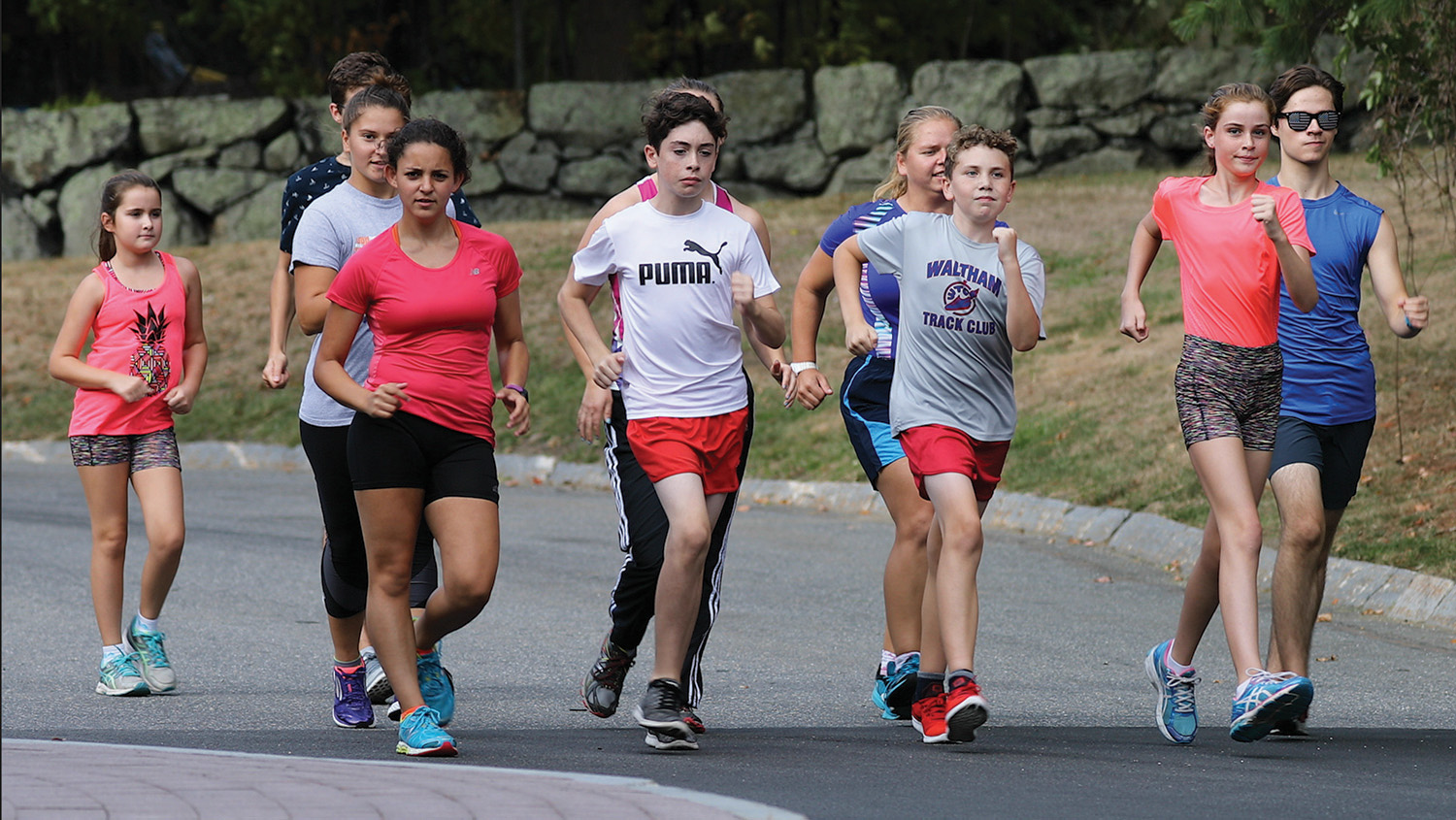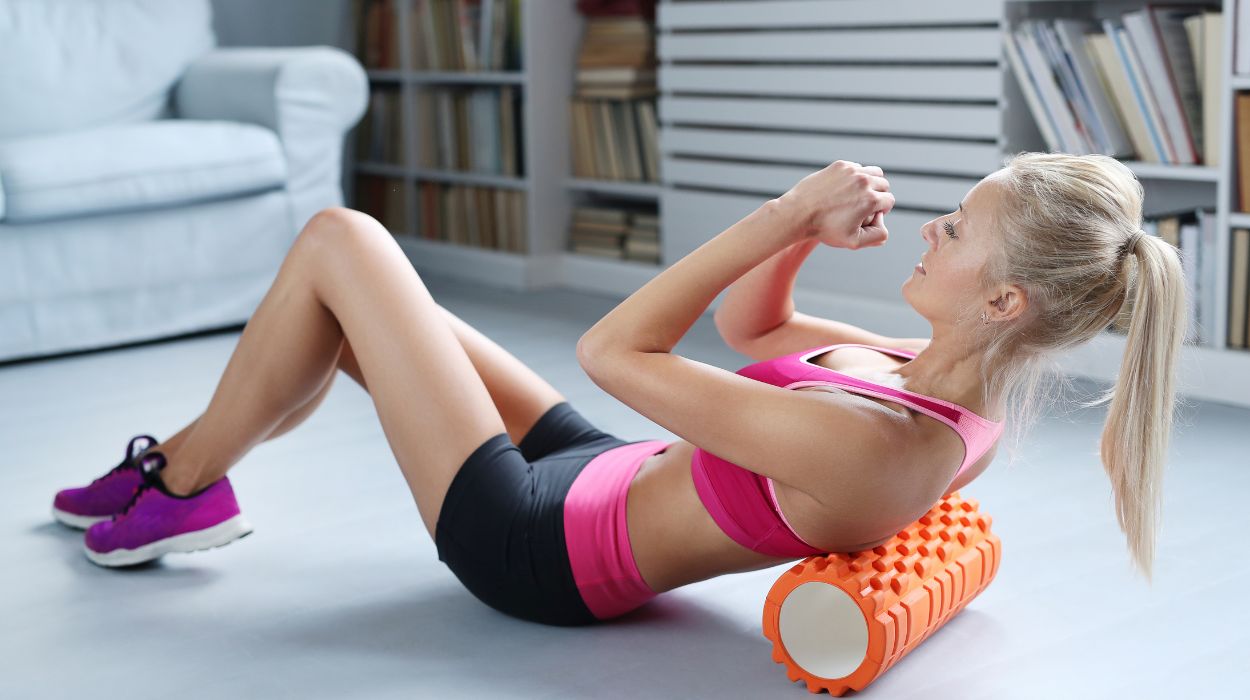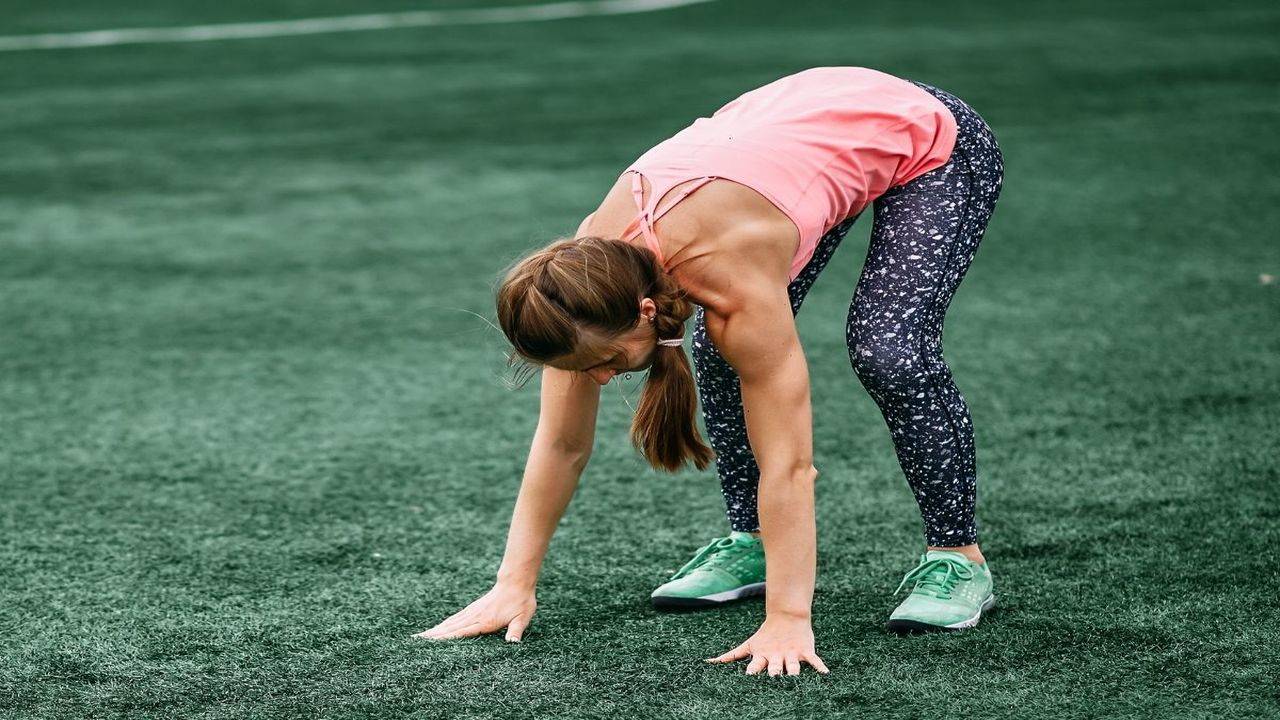If you think “walking” and “racing” don’t belong in the same sentence, think again. Race walking is one of those underrated sports that people tend to snicker at—until they try it and realize just how intense, technical, and sweat-inducing it really is.
It’s not your casual neighborhood stroll. It’s a legit Olympic event, a full-body challenge, and one of the sneakiest ways to build endurance, burn calories, and stay kind to your joints at the same time. And the best part? You don’t need a fancy gym or expensive gear to get started—just good shoes, a bit of technique, and a willingness to look a little funny while mastering it (we’ve all been there).
So if you’re ready to level up your walking game, here’s your ultimate beginner’s guide to race walking—plus exactly how to practise it safely and effectively.
What Is Race Walking, Anyway?
Let’s clear up the basics first. Race walking is a competitive form of long-distance walking with strict rules that set it apart from jogging or running.
- In simple terms, it’s all about moving fast without ever breaking into a run. The two big rules:
- One foot must be in contact with the ground at all times.
- The front leg must stay straight (knee locked) from the moment it hits the ground until it passes under your body.
If you break either of these rules in competition, judges can penalize you—and if you do it too many times, you’re disqualified. It sounds intimidating, but it’s what makes race walking so unique (and oddly satisfying once you nail the form).
Why Should You Even Try Race Walking?
Good question. For starters, it’s an incredible low-impact cardio workout. If pounding the pavement while running kills your knees, race walking can be a brilliant alternative.
Here’s why more people are giving it a try:
- Serious calorie burn: Done right, race walking can torch calories at a rate close to running. At brisk speeds, you can burn 400–600 calories an hour, depending on your effort and weight.
- Gentle on joints: Because you’re never leaping or pounding down hard, it’s much easier on knees, hips, and ankles than running.
- Full-body engagement: You’re not just using your legs. Proper form activates your core, glutes, shoulders, and even your arms. You’ll feel it the next day—trust me.
- Mental boost: There’s something meditative about focusing on your form and rhythm. Plus, it’s fun to watch your walking pace creep up over time.
Race Walking vs. Power Walking — What’s the Difference?
People often mix these up. Power walking is more casual—you walk briskly, swing your arms, and might bend your knees more naturally. Race walking, on the other hand, has strict technique rules and an emphasis on speed while maintaining that heel-to-toe flow with a locked knee.
If you’re just after a cardio boost, power walking is fine. But if you want a sport with real technique and challenge, race walking’s your next adventure.
Okay, But Is It Hard?
Let’s be honest: it takes practice. Anyone can walk, but race walking is all about mastering that specific form. Most beginners feel awkward at first—your hips swivel, your knees lock, your arms swing in a more exaggerated way than normal. It might feel silly in the park at first, but stick with it!
And trust me, once you find your rhythm, it feels smooth, fast, and strangely addictive.
Here’s How to Practise Race Walking — Step by Step
Ready to give it a go? Here’s a breakdown of the fundamentals and how to actually practise them.
Nail the Posture
- Keep your head up and look forward—not at your feet.
- Relax your shoulders down and back.
- Engage your core to support your lower back.
- Slightly tuck your pelvis under to avoid over-arching your back.
Master the Footwork
- Strike the ground with your heel first.
- Roll through the foot smoothly from heel to toe.
- Push off powerfully with your toes to propel yourself forward.
The biggest mental shift: keep that front knee straight until it’s directly under your body. This is the signature “lock” that separates race walking from a power walk or jog.
Get Your Hips Into It
Race walkers have a noticeable hip swivel. This isn’t just for show—it helps lengthen your stride while keeping that front leg straight. Try not to force it. With practice, your hips will naturally swing side to side to extend your reach.
Use Your Arms
Your arms aren’t just along for the ride—they help you balance and generate power.
- Bend your elbows at about 90 degrees.
- Keep them close to your body.
- Swing them front to back (not across your chest).
- The faster you want to go, the more power comes from your arm drive.
How To Start Practising
If you’re brand new, here’s a simple plan:
- Warm up: Always warm up with 5–10 minutes of light walking and dynamic stretches for hips, hamstrings, and calves.
- Practise drills: Spend a few minutes each session working on specific parts of your form—maybe practise your heel strike, your arm swing, or walking with a consciously locked knee.
- Build distance gradually: Start with 15–20 minutes at a comfortable pace. Focus on form, not speed.
- Add intervals: Once you feel confident, include short bursts where you pick up the pace for 1–2 minutes, then recover. This builds stamina and helps you maintain form at higher speeds.
- Cool down: Finish with light walking and gentle stretches. Your hips and calves will thank you.
Gear Up (It’s Not Complicated)
Race walking doesn’t require fancy equipment, but you do need the right shoes. Look for lightweight walking or running shoes with good heel cushioning and flexible soles to support that smooth heel-to-toe roll.
Avoid super stiff shoes—they’ll fight your foot’s natural motion and make it harder to maintain proper form.
Common Mistakes Beginners Make
Want to look less awkward (and stay injury-free)? Keep an eye out for these rookie errors:
- Bent front knee: The biggest no-no. Stay mindful about locking that front knee.
- Bouncing: If both feet leave the ground, you’re technically jogging. Focus on keeping at least one foot in contact.
- Cross-body arm swing: Arms should pump front to back, not side to side.
- Too much hip twist too soon: Let it come naturally. Forcing a huge hip swivel can stress your lower back.
Want To Compete?
If you catch the race walking bug, check out local track and field clubs—many have beginner-friendly races or fun challenges. You might be surprised to find a community of walkers who love comparing times, sharing technique tips, and cheering each other on.
A Few Final Reasons To Try It
If you’re still on the fence, here’s my quick pitch: race walking is fun, challenging, and feels surprisingly satisfying. It’s cardio without pounding your joints. It teaches you to move with purpose. And once you get the hang of it, there’s something genuinely cool about flying past casual joggers while “just walking.”
Plus, it’s great for all ages. Whether you’re a teen looking for a new sport or an older adult wanting to stay active with less stress on your knees, race walking meets you where you’re at.
Ready to Race Walk?
All you need is a pair of comfy shoes, an open sidewalk or track, and a bit of practice. Next time you head out for a walk, try sprinkling in a few minutes of race walking technique. Feel the difference in your legs, your hips, and your heart rate.
You might look a little funny at first — but so what? The only thing people will see is you, flying past them with perfect form and a grin that says, Yep, I’m working out smarter than you think.










